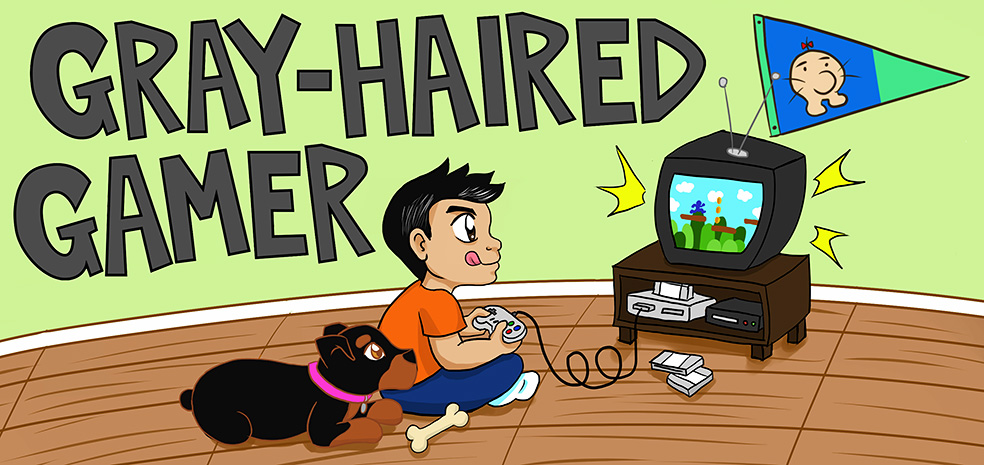Over the weekend, I debated whether I should buy a PlayStation 4 or not, even going so far as to write a rather pathetic justification for one here on GHG last week. Well, self-control won, and for the time being, I’m sans a PS4. If I don’t have one before Batman: Arkham Knight comes out, I certainly will. That game looks amazing, and likely Game of the Year material.
Instead, with the blog now in full-swing, I decided to get something that would help make it better. At least visually, anyway. Taking screenshots in PC, Wii U, and most Vita games is a snap, but doing the same thing in Xbox 360 and PlayStation 3 games is less elegant. I’ve been using my phone and bulky camera to take off-screen pictures of games I’m playing, which is a difficult and tedious process. Having to quickly take my hands off the controller to snap pictures is a pain, and limits the types of shots I can get. They usually involve an in-game character standing around doing nothing.
After doing a great deal of research on the various HD capture devices on the market, the Elgato Game Capture HD was the near-unanimous choice for video capturing and streaming enthusiasts. I pulled the trigger this past Monday, and received it today. You gotta love Amazon Prime.
For those who care about packaging quality, you won’t be disappointed here. The device and its accessories come in a nice, full-color slipcase with a clamshell insert made out of the same material. 4 sets of cables are included: HDMI, Mini-to-Standard USB, Component/Stereo adapter, and PS3.
The device itself comes wrapped in clear protective tape to prevent in-transit damage, and is finished in a classic gloss black with rubberized feet to keep it from sliding around. All input and output terminals are clearly marked.
The only documentation included is a single Quick Start card, which is par for the course these days with small electronics. I know it saves on paper and weight, but I do prefer something a little more informative with my purchases. No CD software is included either, and has to be downloaded directly from Elgato’s website.
However, one thing I really do like is that the Game Capture HD doesn’t require any external power supply, so that helps keep your gaming area clear of one more cable and potential power brick. It’s a small touch, but a welcome one.
For now, here are some pictures I took today, which let you see everything close-up. I’ll report back on how the device actually works after I give it a thorough workout.
Pictures taken with a Canon EOS 40D DSLR, EF 24-70mm f/2.8L USM lens, and 1 580EX II on-camera flash.




















 It was only a few years ago that premium mobile games were the norm and not the exception. They’d cost as little as a dollar, with some “expensive” ones being $3 or more. It was a great time, since we saw so many high-quality titles with terrific style, gameplay, and content across all genres. Some of my fondest memories include games like Superbrothers: Sword & Sworcery EP, Tiny Wings, Real Racing 2, Infinity Blade, Groove Coaster, and Doodle Jump.
It was only a few years ago that premium mobile games were the norm and not the exception. They’d cost as little as a dollar, with some “expensive” ones being $3 or more. It was a great time, since we saw so many high-quality titles with terrific style, gameplay, and content across all genres. Some of my fondest memories include games like Superbrothers: Sword & Sworcery EP, Tiny Wings, Real Racing 2, Infinity Blade, Groove Coaster, and Doodle Jump. 









